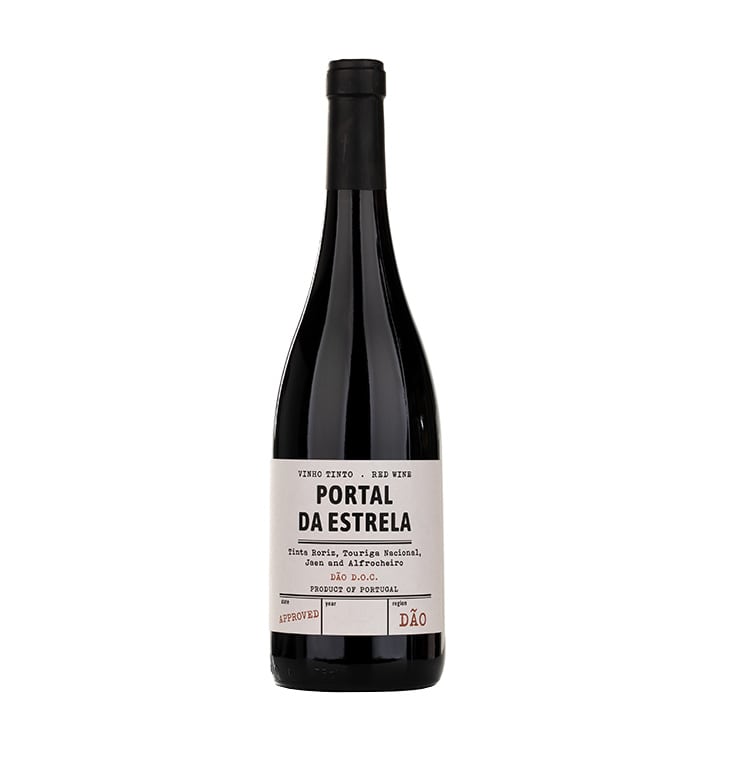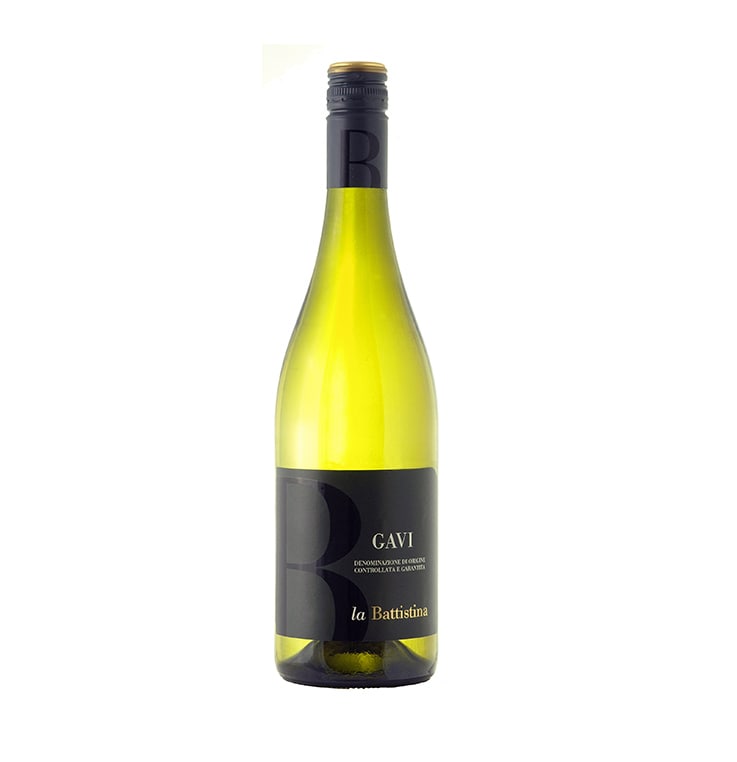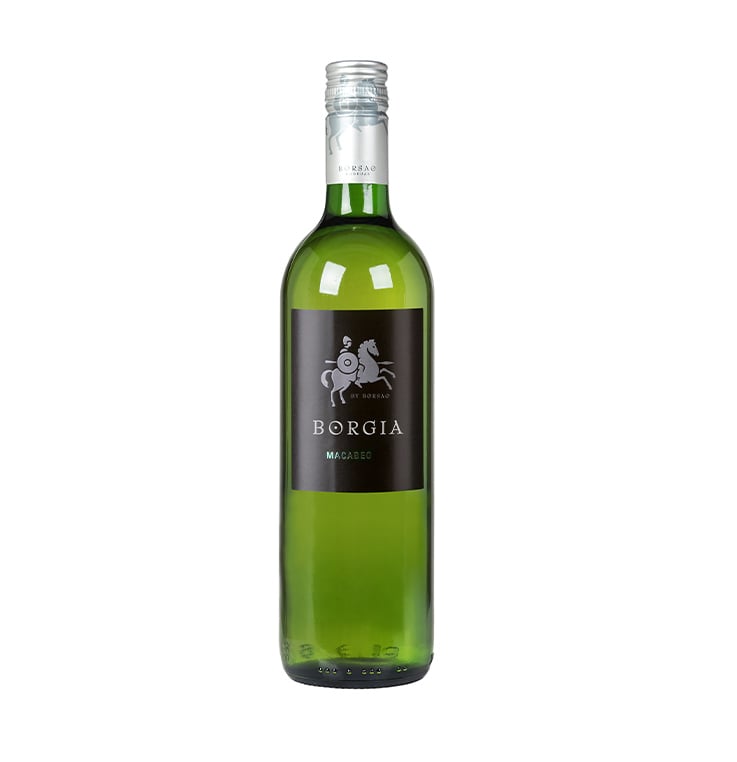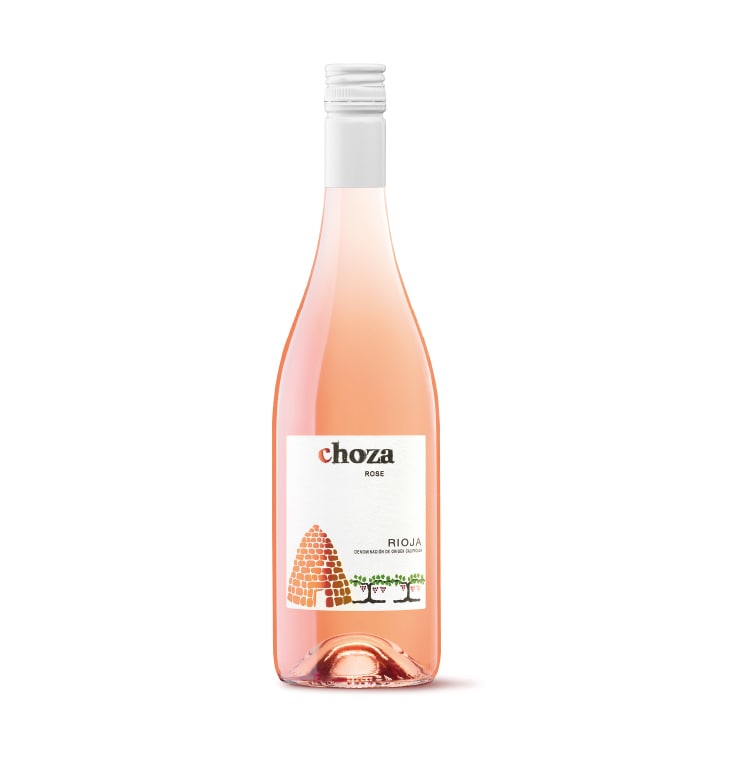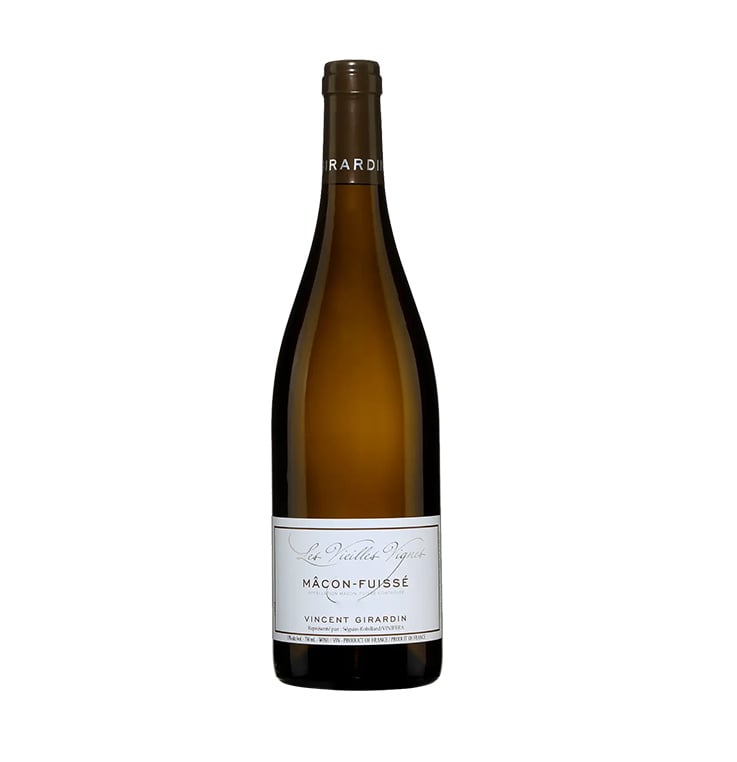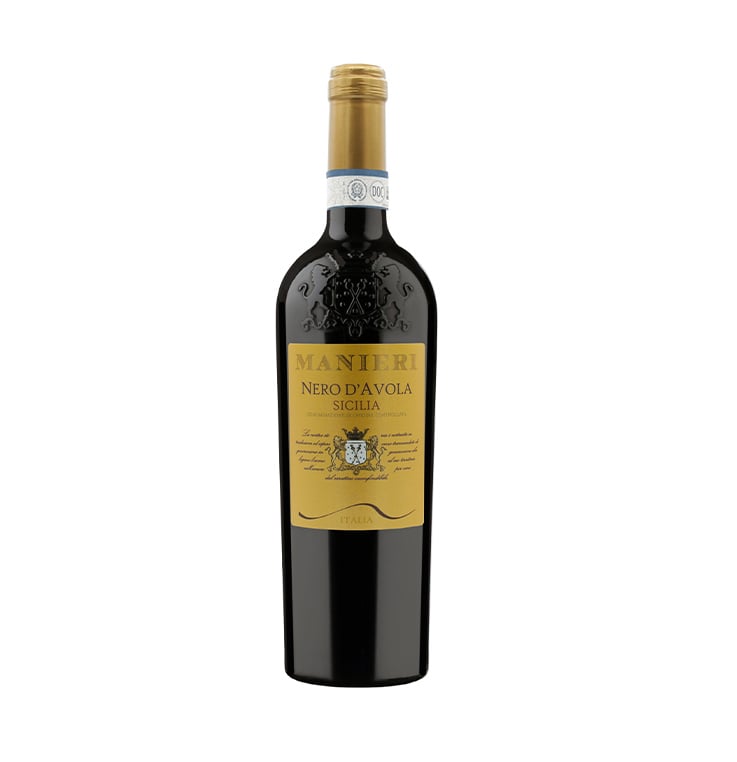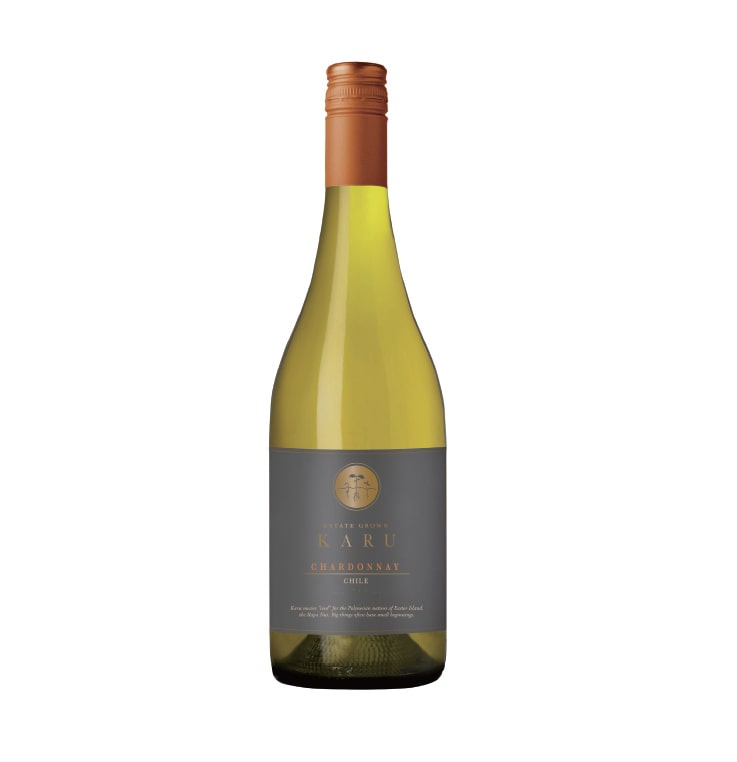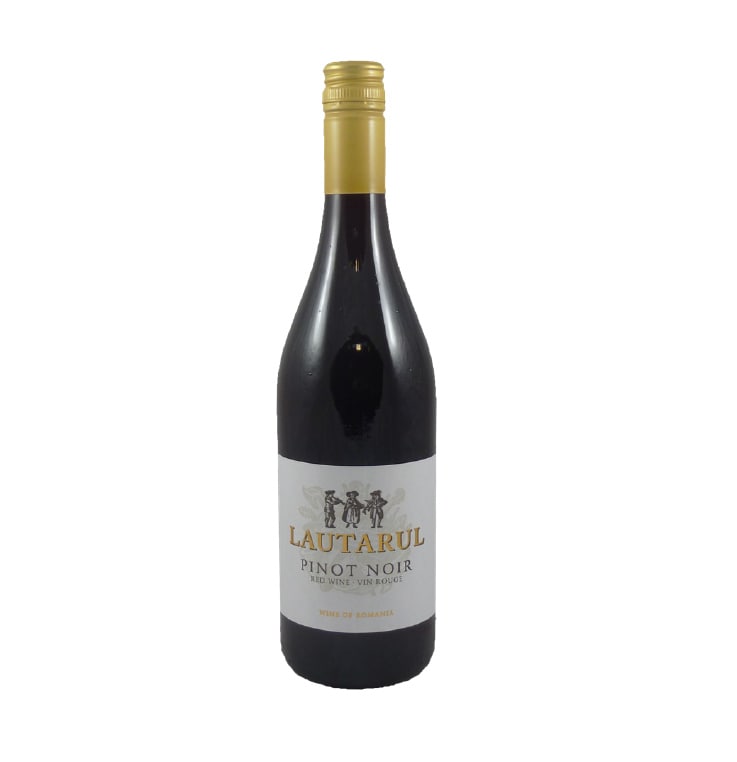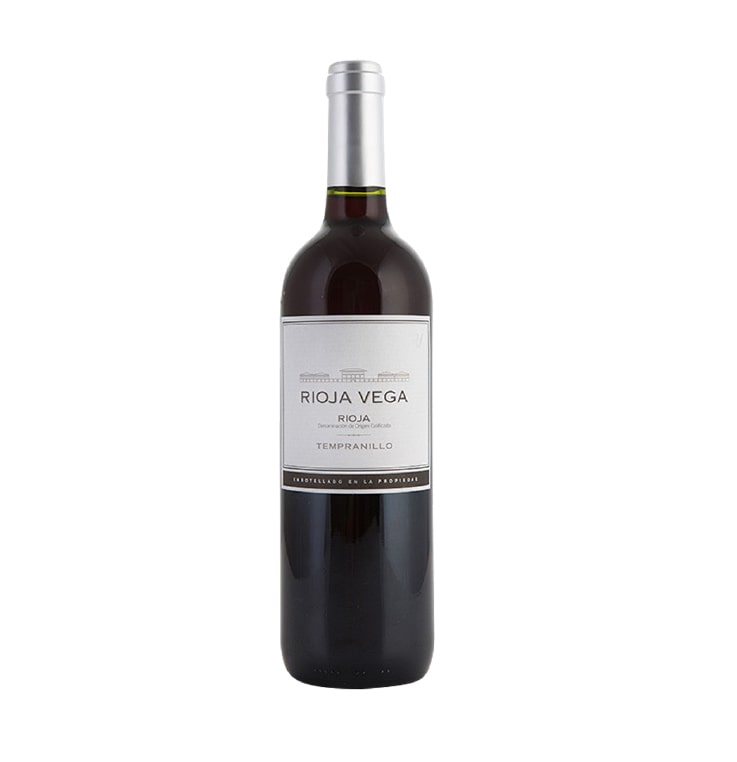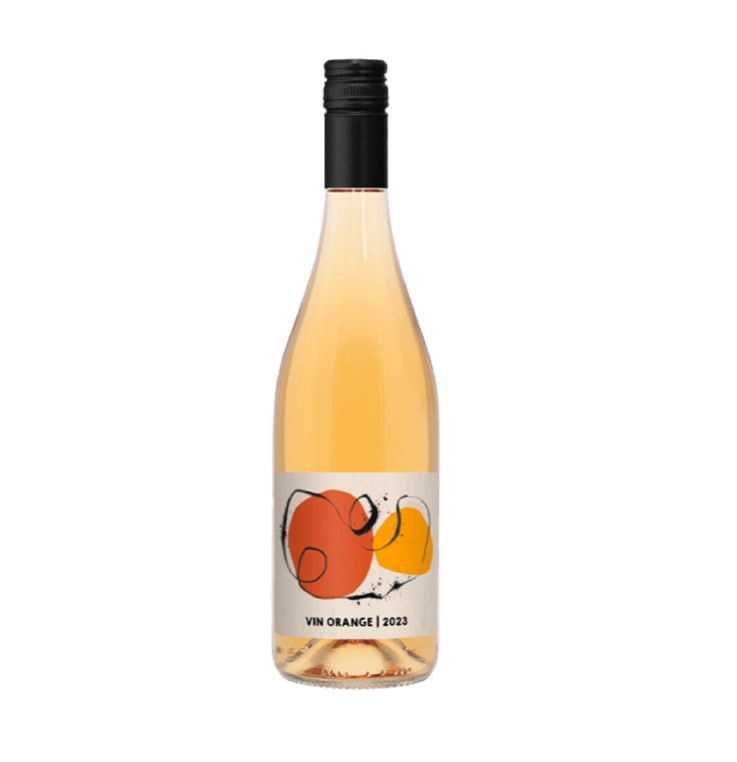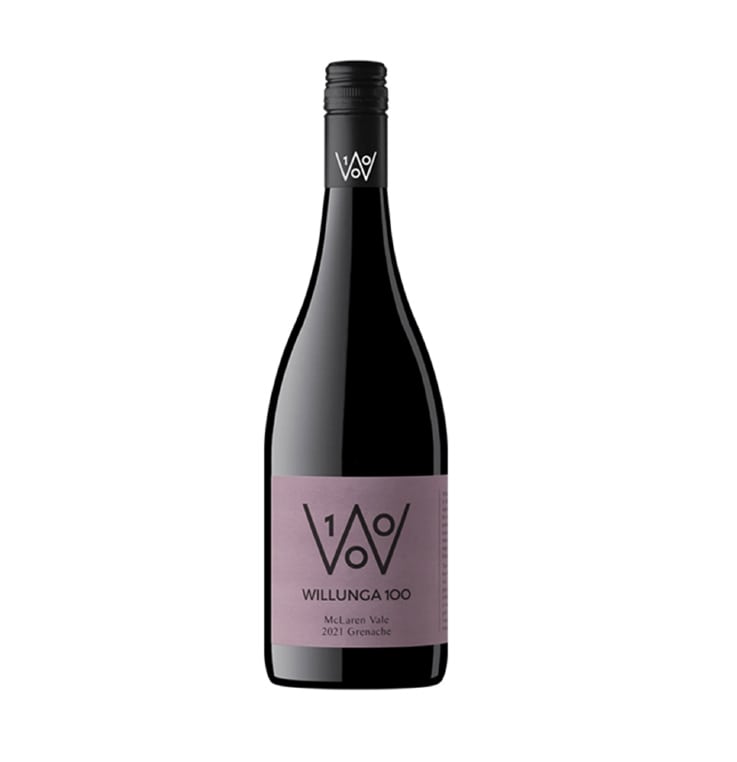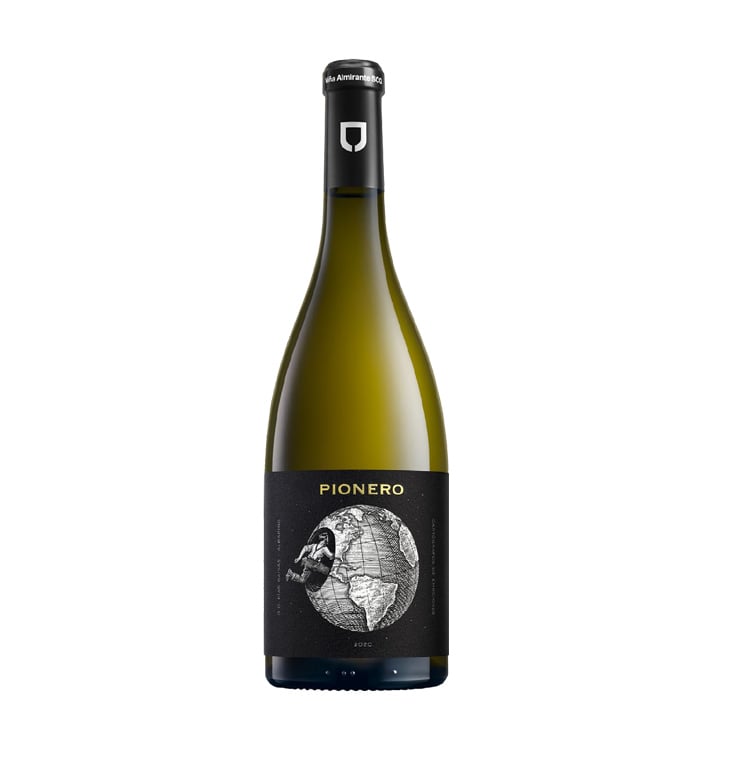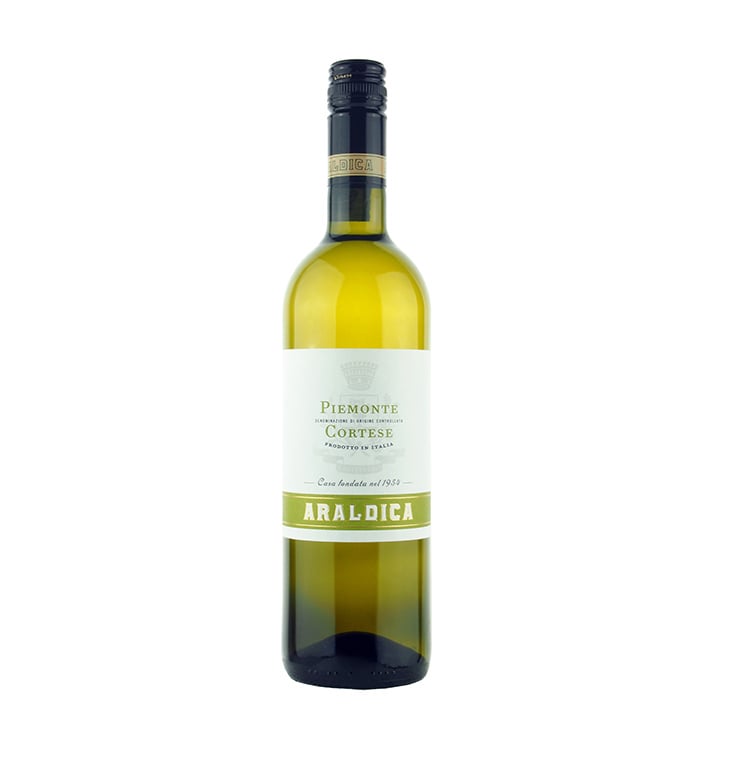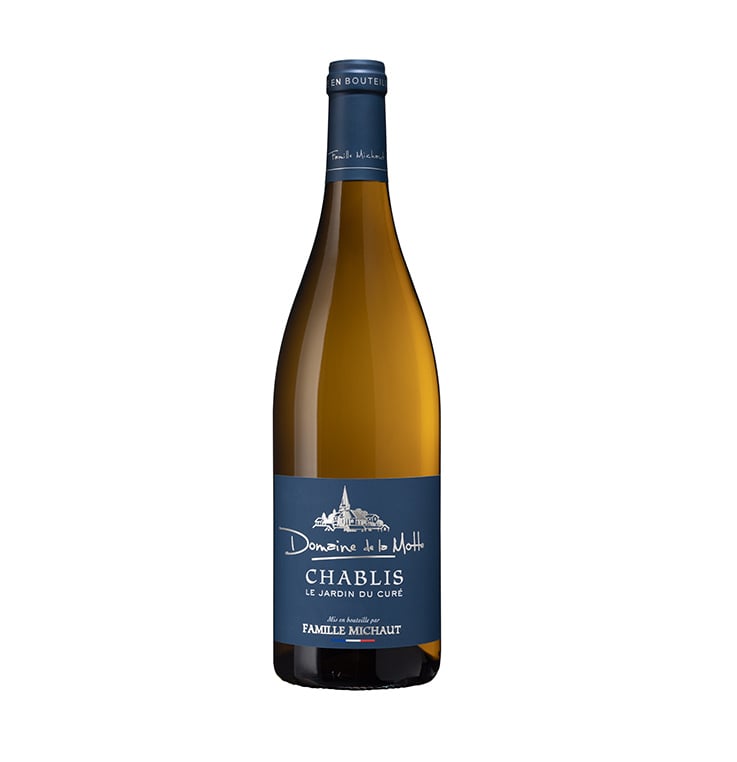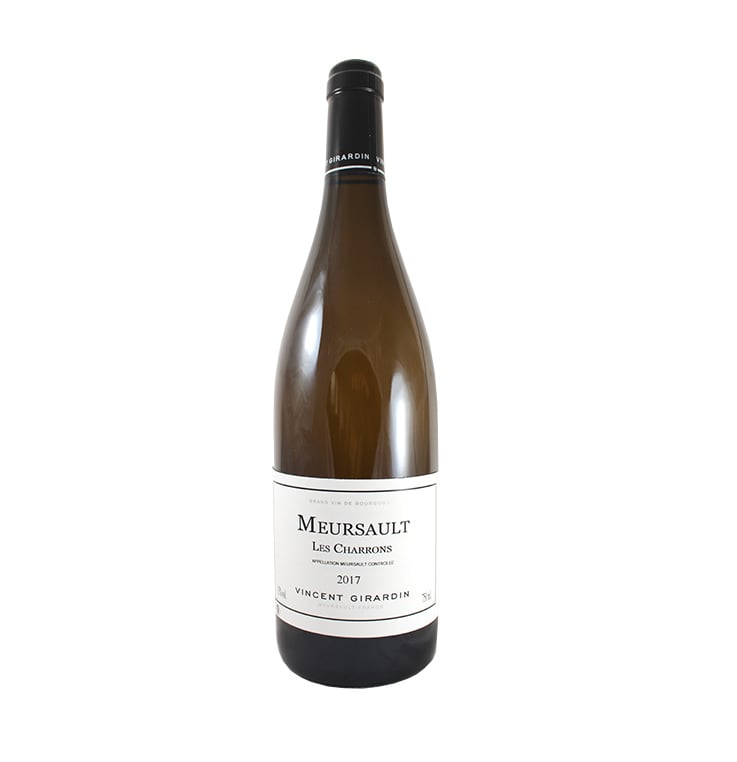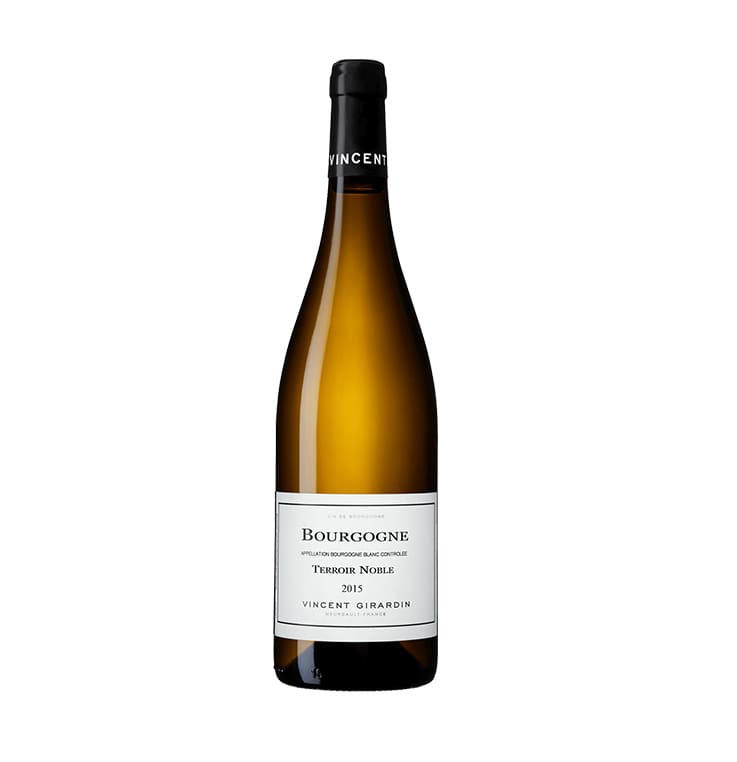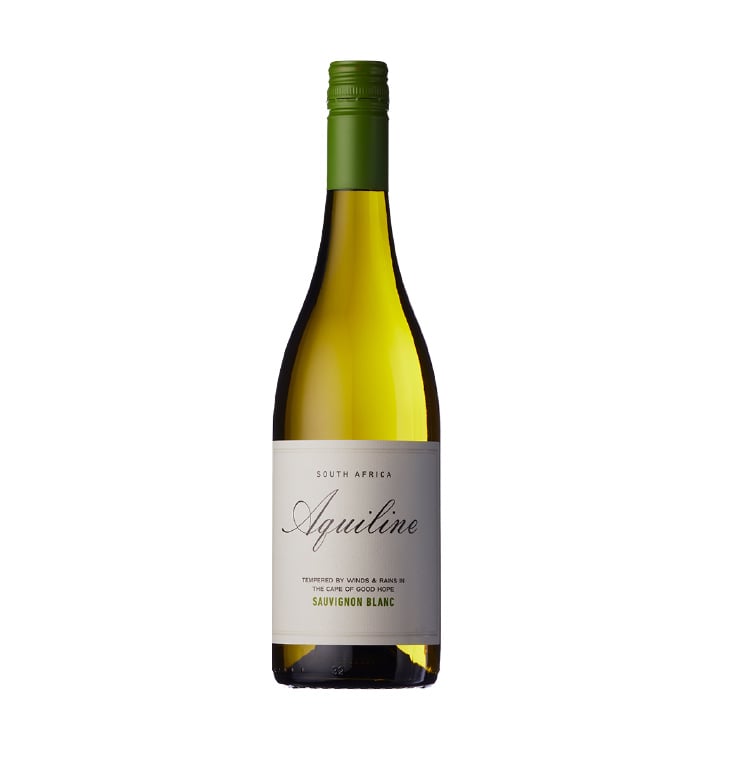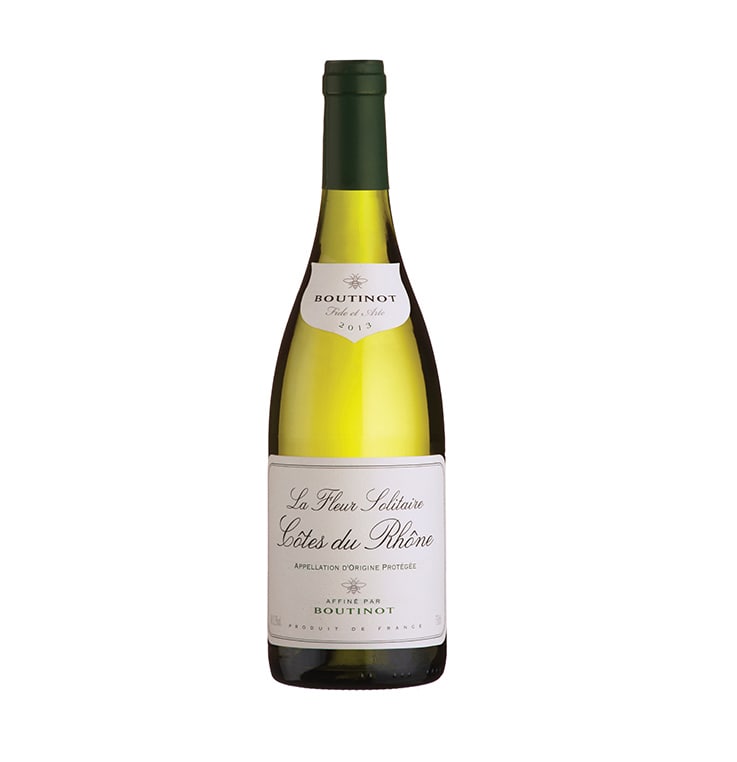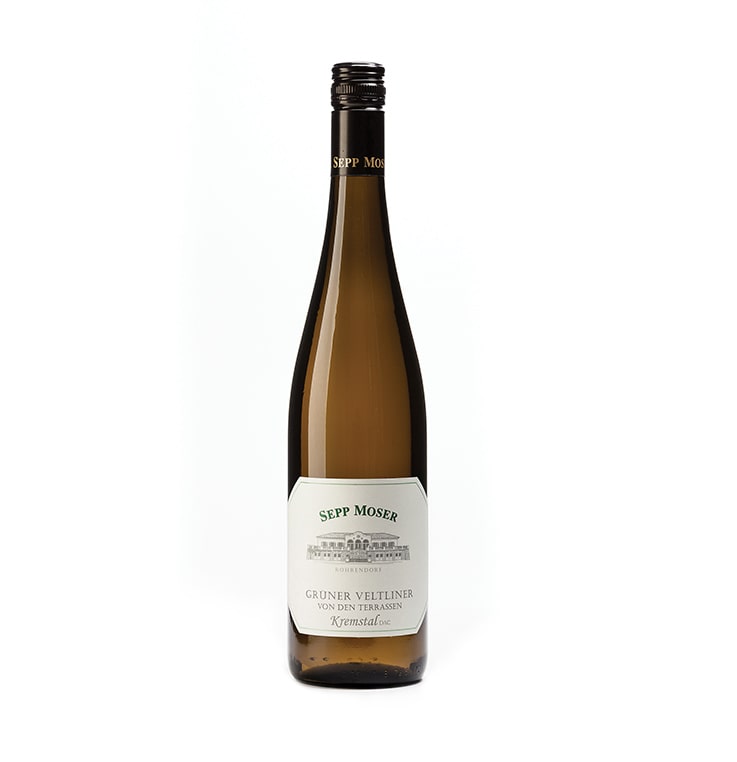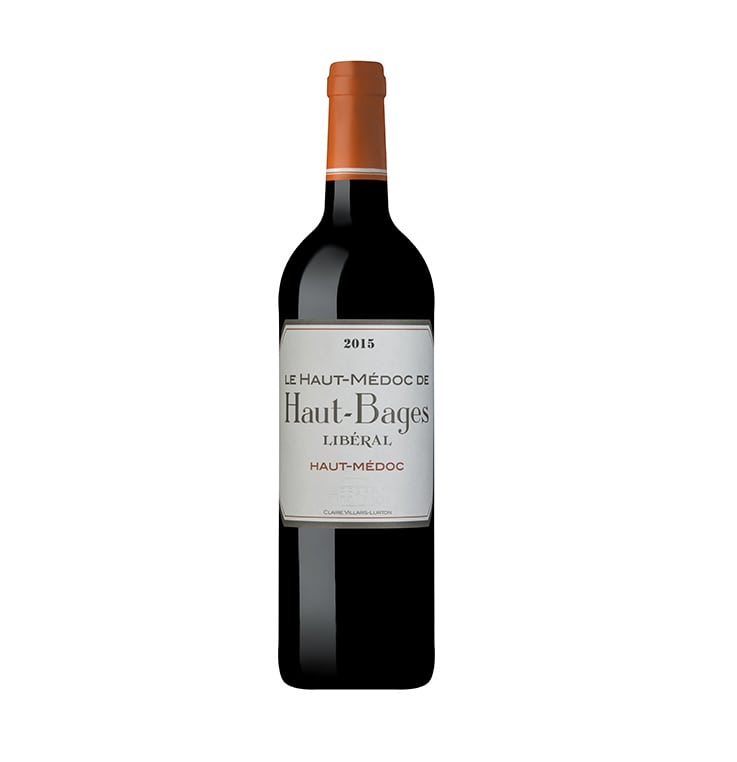New wines and special offers
-

Portal da Estrela Tinto DOC Dao 2021 Portugal
£34.00 -

La Battistina, Gavi DOCG 2023 Italy
£36.00 -

Borgia by Borsao Macabeo 2023 Spain
£26.00 -

Choza Rosado Rose 2023 Spain
£26.95 -

Macon Fuisse Vincent Girardin 2017 France
£56.85 -

Manieri Nero D'Avola 2022 Italy
£29.75 -

Karu Chardonnay 2021 Chile
£24.95 -

Lautarul Pinot Noir 2022 Romania
£27.50 -

Rioja Vega Tempranillo 2022 Spain
£28.00 -

When Life Gives You Oranges 2023 France
£34.00 -

Willunga 100 McLaren Vale Grenache 2022 Australia
£43.50 -

Vina Almirante Pionero 2024 Spain
£39.75 -

Araldica Piemonte Cortese 2023 Italy
£23.95 -

Domaine de la Motte Chablis 2022 France
£43.75 -

Meursault Les Grands Charrons 2017 France
£133.50 -

Bourgogne Blanc Terrior Noble 2017 France
£55.00 -

Aquiline Sauvignon Blanc 2021 South Africa
£23.00 -

Boutinot La Fleur Solitaire Cotes du Rhone Blanc 2021 France
£26.00 -

Sepp Moser Grüner Veltliner von den Terrassen 2020 Austria
£39.00 -

Le Haut-Medoc de Haut-Bages Liberal Pauillac 2015 France
£49.00
Allotment gifts = Rioja, oh and a couple of tips
Orlando blogs...
My good running pal Sam recently dropped round a bulging bag of goodies from his flourishing allotment. This wasn't any old bag, it was a giant sack, filled to the brim with marrows, rhubarb, onions, potatoes, cauliflower and numerous other British homegrown favourites. No additives, pesticides or preservatives. I was doing him a favour apparently, there were loads more that he was dropping off to his social network. Regardless, I know Sam is partial to a glass of Rioja or two. So I handed him a nice bottle of Artesa Rioja Crianza 2010 from the cellar as a little thank you....
Hadn't tried this myself for a while so gleefully cracked open a bottle with the Sunday roast. Forgot how delicious it was. Lovely dark fruit flavours with an undertone of the vanilla oak. A very good example of a Crianza. But do we all know what makes Rioja, erm, Rioja?
Rioja is a wine region, with Denominacion de Origen Calificada (D.O.C. Qualified designation of origin) named after La Rioja in Spain. Rioja is further subdivided into three zones: Rioja Alta, Rioja Baja and Rioja Alavesa. Many wines have traditionally blended fruit from all three regions though there is a slow growth in single-zone wines.
A distinct characteristic of Rioja wine is the effect of oak aging. The use of oak and the pronounced vanilla flavors in the wines has been a virtual trademark of the region. When people hear Rioja they usually think red wine, but there are white a rose options.
Focusing on red Rioja, you are presented with four types. The first, simply labeled Rioja, is the youngest, spending less than a year in an oak barrel. A crianza is wine aged for at least two years, at least one of which was in oak. Rioja Reserva is aged for at least three years, of which at least one year is in oak. Finally, Rioja Gran Reserva wines have been aged at least two years in oak and three years in bottle. Reserva and Gran Reserva wines are not necessarily produced each year. The quality of the wine, and therefore the cost, increases through each of these categories. Of course, some may prefer a plain Rioja, where the fruit flavours are usually fresher and more prominent whereas a Reserva will usually have deeper and more rounded flavours with stronger oak characteristics.
Another handy little tip before drinking any Rioja, or most red wines actually, is to let the wine breathe, and ideally decant, for some time before drinking. Room temperature is also a must. Otherwise you risk wasting your money by not allowing the true characteristics of the wine to come through on the palate.
What I do to take off any cold edge is put the unopened bottle on the hob if the oven is on, or near a radiator in winter. Be careful, you only need the bottle to rise to room temperature. I have a beautiful silver wine aerator that I pour the wine through, into a glass decanter, at least half an hour before I plan to drink the first glass. If you don't possess an aerator or decanter, open the bottle and pour your first glass half an hour before you plan to drink it. That way you have your first glass nicely aired and by the time you pour the next one, the opened bottle contents will have had plenty of air too.
Check out our range of Rioja here
Click here for an Introductory Rioja Case
Sadly we can't take homegrown veg as barter for our wine range. Don't think Sagepay except marrows and onions. Regular debit and credit cards will suffice.
Until next time, thank you for reading.
Orlando


